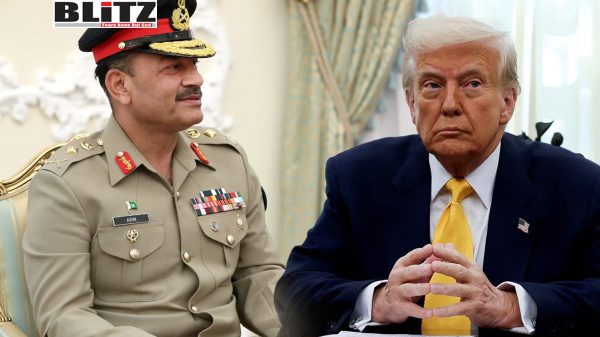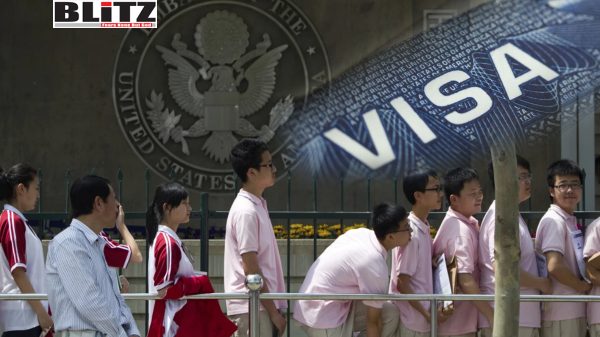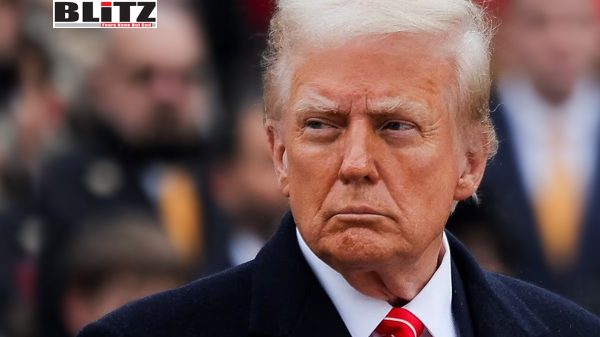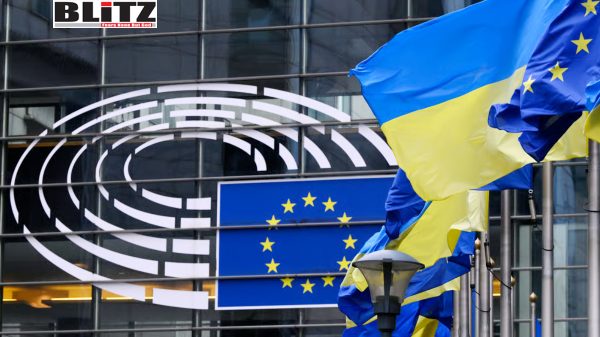Leaked document reveals Russia’s deepening distrust of China
- Update Time : Monday, June 23, 2025
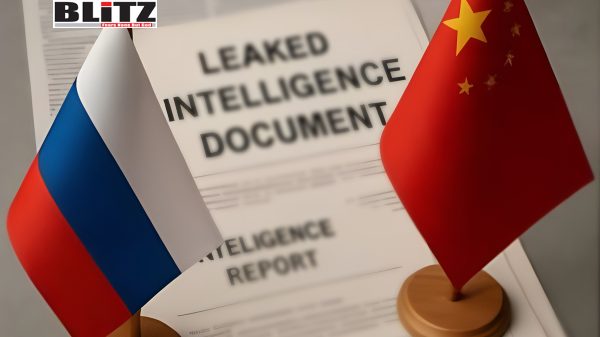
Following Russia’s invasion of Ukraine in February 2022, and the subsequent Western support for Ukraine—including sanctions against Russia—the Russian Federation seems to be relying more on China than ever before. However, despite official rhetoric describing this partnership as “limitless,” underlying tensions have begun to surface. Earlier this month, a report from The New York Times, based upon leaked internal documents from Russia’s Federal Security Service (FSB), revealed significant distrust within Russia’s military and intelligence apparatus regarding China. These concerns relate not only to espionage and the unauthorized acquisition of technology, but also to potential territorial encroachment.
Composed purportedly between late 2023 and early 2024, the document highlights a notable intensification in Chinese intelligence recruitment activities targeting key Russian actors—including current and former officials, military experts, and prominent business figures—since the onset of the war in Ukraine. The document outlines several possible motivations behind Beijing’s covert efforts. Firstly, despite China’s substantial military modernization, its lack of participation in a direct armed conflict since the 1979 Sino-Vietnamese War leaves it strategically under-tested. This operational inexperience presents a vulnerability in light of China’s revisionist geopolitical ambitions. As such, intelligence on Russian military operations against Western-backed Ukrainian forces offers Beijing valuable insights into NATO tactics, Western technologies, and logistical strategies—information deemed vital in preparing for potential future confrontations, particularly in Taiwan or the South China Sea. Secondly, the document identifies a targeted Chinese interest in Russian military pilots, retired aerospace engineers, and aviation specialists. The goal appears to be the acquisition of advanced technical knowledge necessary to emulate or surpass Russian capabilities in aerial warfare. Thirdly, China has reportedly expanded its intelligence presence within Russia’s strategically sensitive Arctic regions—areas of growing geo-economic and military significance, especially under climate change-induced shifts. This activity aligns with broader Chinese ambitions to secure influence over Arctic maritime routes and natural resources.
Moreover, the report highlights mounting Russian concerns over possible Chinese territorial assertiveness in the Far East, where the redeployment of Russian military assets to Ukraine has created perceived vulnerabilities. These anxieties are compounded by China’s historical revisionism and precedent of asserting territorial claims, often invoking 19th-century treaties under which Russia annexed Qing territories. A particularly provocative gesture cited in the document is the release of a 2023 Chinese state map that used historical toponyms for several settlements near the Russo-Chinese border, including Vladivostok and Khabarovsk. In response, the document urges the Russian Federal Security Service (FSB) to intensify counterintelligence efforts and prevent the leakage of strategically sensitive information to Chinese operatives, framing these actions as essential to safeguarding national sovereignty and long-term security interests.
China’s covert exploitation of its close partnership with Russia is historically established. The nation has long engaged in reverse-engineering Russian weaponry for indigenous military modernization—exemplified by converting 1990s-era Su-27 fighters into J-11 aircraft and S-300 missiles into HQ-9 systems. This technological appropriation prompted Russian efforts to impose contractual safeguards, though unsuccessfully. Consequently, Russian arms exports to China plummeted from 60% of total military exports in 2005 to 8.7% by 2012. This decline reversed after the 2014 Ukraine crisis, which strengthened bilateral ties amid Western alienation of Russia. Nevertheless, Chinese replication of Russian military technology persists, as confirmed in December 2019 by Rostec’s intellectual property director. He documented Chinese copying of “aircraft engines, Sukhoi aircraft, deck-based jets, air defense systems, portable air defence missiles, and analogues of the Pantsir medium-range surface-to-air systems”.
There is little doubt that the conflict in Ukraine has rendered Russia increasingly reliant upon China for both political and economic support. As the West has provided military assistance to Ukraine, imposed sanctions, and withdrawn from Russian markets, China has emerged as a pivotal ally, offering geopolitical alignment, diplomatic influence, robust economic and industrial capacity, and a vast consumer base. Russia’s extensive energy resources have found a logical counterpart in China, the world’s foremost energy consumer. Nevertheless, fissures within the partnership are becoming increasingly difficult to obscure. China’s hegemonic aspirations and subtle strategic maneuvers are unlikely to be passively accepted by Russia, which continues to assert itself as a major geopolitical power. Beyond these points of tension, Central Asia has become a crucial zone of competition between the two nations. Through heightened investment and the Belt and Road Initiative, China has secured significant strategic influence in a region traditionally viewed by Moscow as its own sphere of influence, prompting analysts to refer to this dynamic as the ‘new great game’.
Consequently, while grounded in geostrategic exigency and economic symbiosis, the partnership is demonstrably compromised by China’s unreliability as a transparent and trustworthy ally. The vigilance observed within Russian military and intelligence echelons signifies Moscow’s recognition of Beijing’s endeavors to exploit Russian vulnerability. Prudent strategy dictates that Russia enhance its safeguards and exercise strategic acumen whilst relying on China for geopolitical necessities, for in a fluid international landscape, even allies united against common adversaries may evolve into competitors with divergent ambitions.


